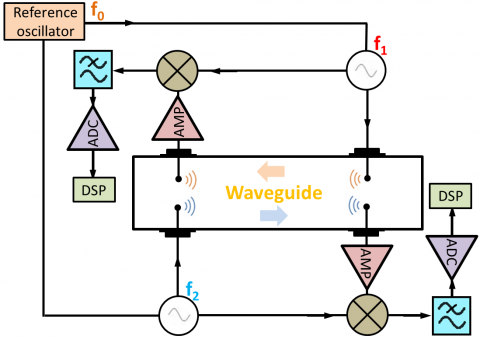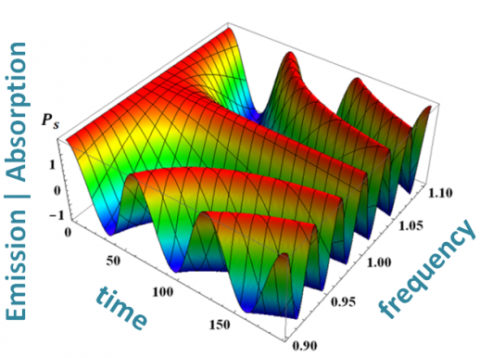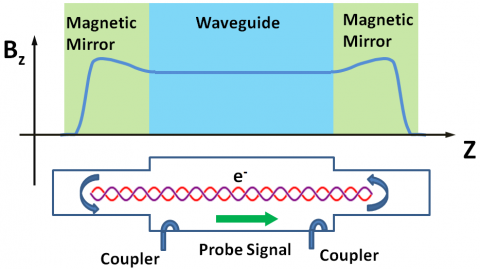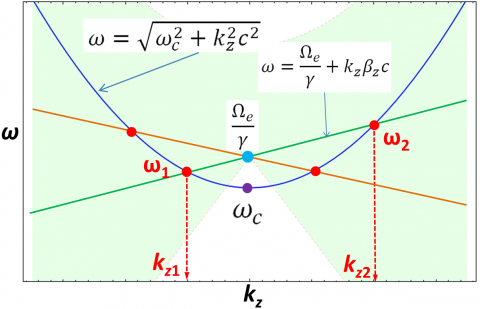Precision measurement of neutrino mass is a probe for the physics beyond the standard model. Measuring the energy distribution near the end-point for beta-decay electrons can provide a means for inferring the neutrino mass. But identification of a near-end-point electron requires exquisite sensitivity, energy resolution, and discrimination against background signals. This project seeks to develop a precision spectrometer to simultaneously measure energy and momentum for electrons produced in rare nuclear events, such as the measurement of the energy distribution near the end-point for beta-decay electrons as a means for inferring the mass of the anti-electron neutrino.
This spectrometer will utilize cyclotron resonance interaction of microwaves with electrons in a waveguide immersed in a magnetic mirror. The magnetic mirror will incorporate a uniform magnetic field in the interaction region and narrow reflection regions to trap electrons with large pitch angles to increase the exposure time. In such a magnetic field, the electrons will undergo cyclotron motion at a frequency modified by the Doppler shift depending on their longitudinal momentum. Besides spontaneous emission, the electrons can also experience stimulated absorption and emission when an external RF field is applied. On-resonance electrons will satisfy both the cyclotron resonance condition and waveguide dispersion relationship, so the presence of such electrons will be indicated by modulated microwave signals. With the correlation of the resonances at two waveguide eigen-mode frequencies simultaneously, false events can be rejected. Hence by measuring the microwave absorption spectrum, one can associate the resonance frequency with both the energy and longitudinal momentum of an on-resonance electron simultaneously to overcome effects due to the Doppler shifts.




